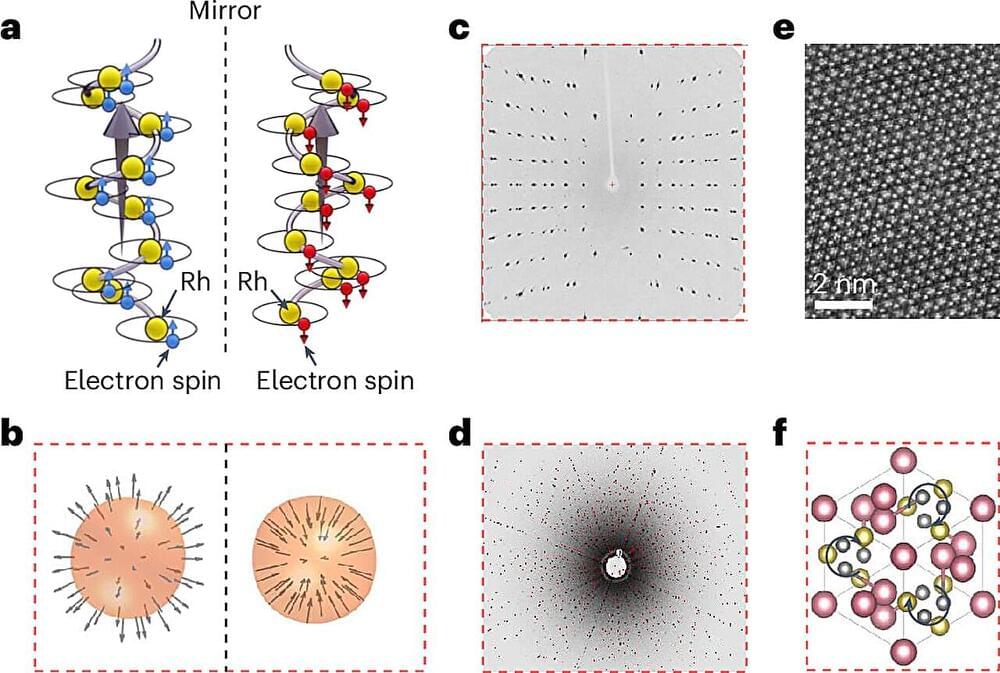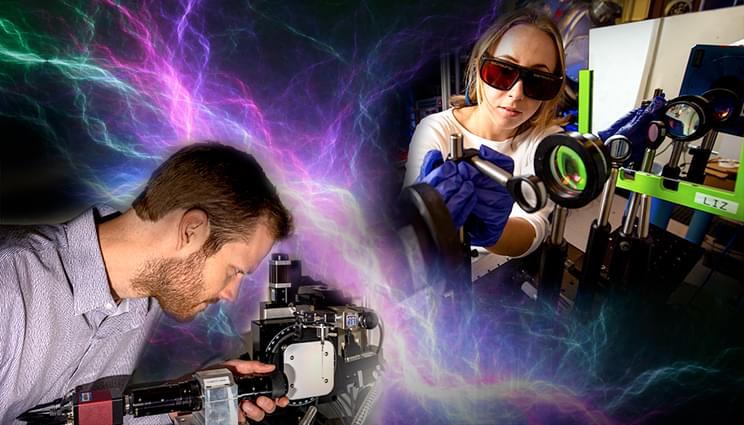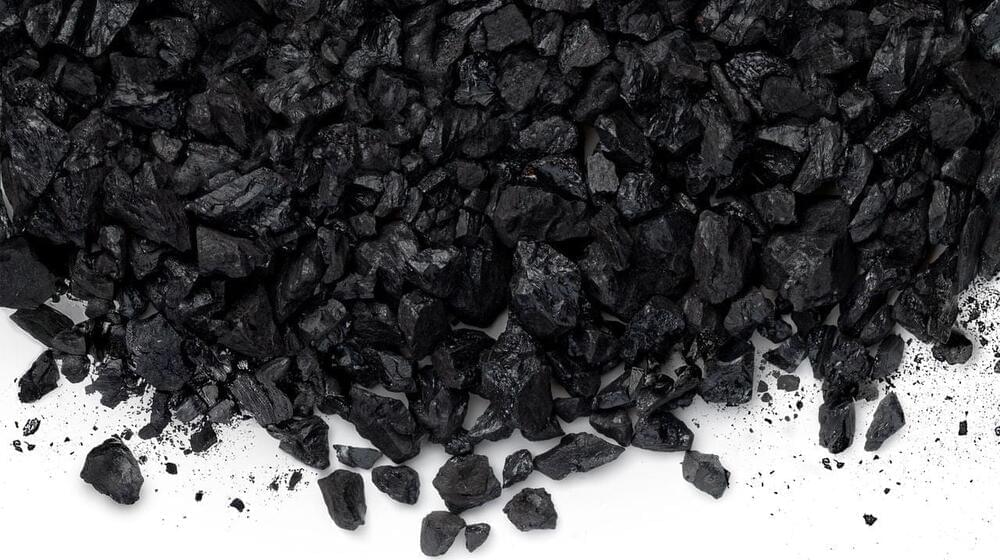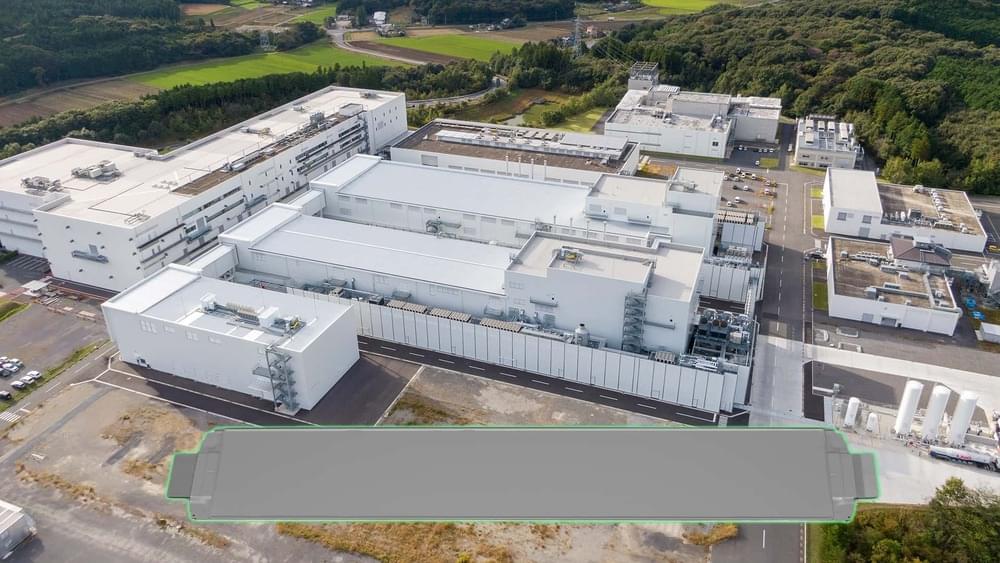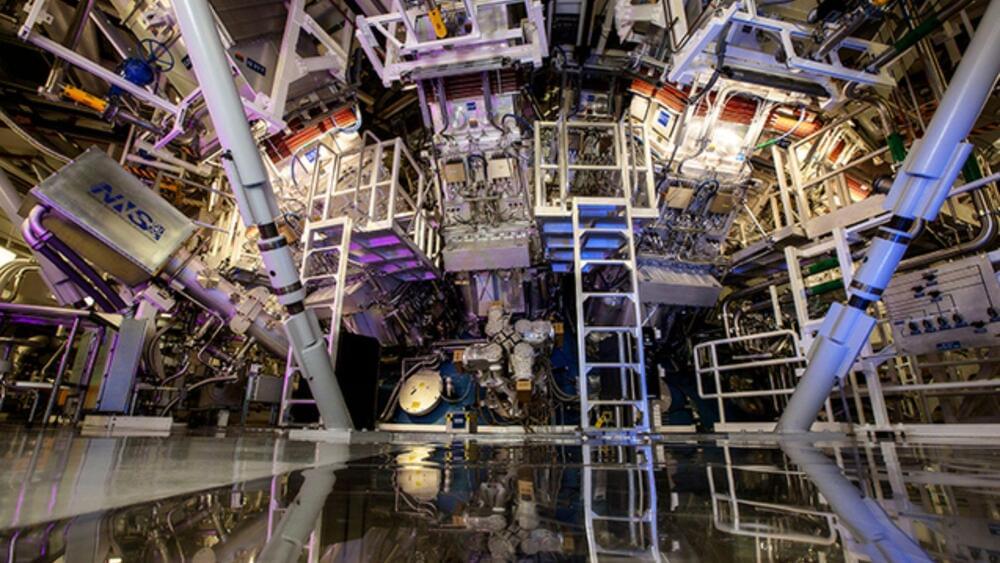
So, is it true…
As I say, Carlson was roundly criticized for his comments. Some of that criticism was entirely justified, although much of it was not. And in any case, Longoria will not be criticized at all for her statements, in part because she’s a leftist and, thus, above criticism, and in part because she, like Carlson, has a point. Public spaces in American cities are, in most cases, grotesque. That’s almost inarguable. Among other things, Tucker was bashed because he made what seemed to be a partisan argument. He was clearly and undeniably criticizing urban Democratic politics and policies. The irony here is that Longoria was too, although neither she nor any of her supporters and fans understand that.
As Democrats continue their soul-searching, and as media and other analysts try to dissect the causes of the enormous Republican victory not quite two weeks ago, one lesson will likely go unlearned. The American people really do want their country to be great again. To them, that doesn’t mean that the United States should be an omnipotent global colossus, striding the globe, enforcing its will on everyone and everything. And it doesn’t mean that Americans should win every gold medal at every Olympics or every Nobel Prize or anything like that. Americans just want their country to work again. They just want their cities to function. They want to be able to build homes or power plants or new factories without having to spend countless months and endless resources complying with arcane and ridiculous regulations. They want their country to look and feel and operate like a normal place again.
Continue reading “Making America Great Again Means Fixing Its Dystopian Cities” »
